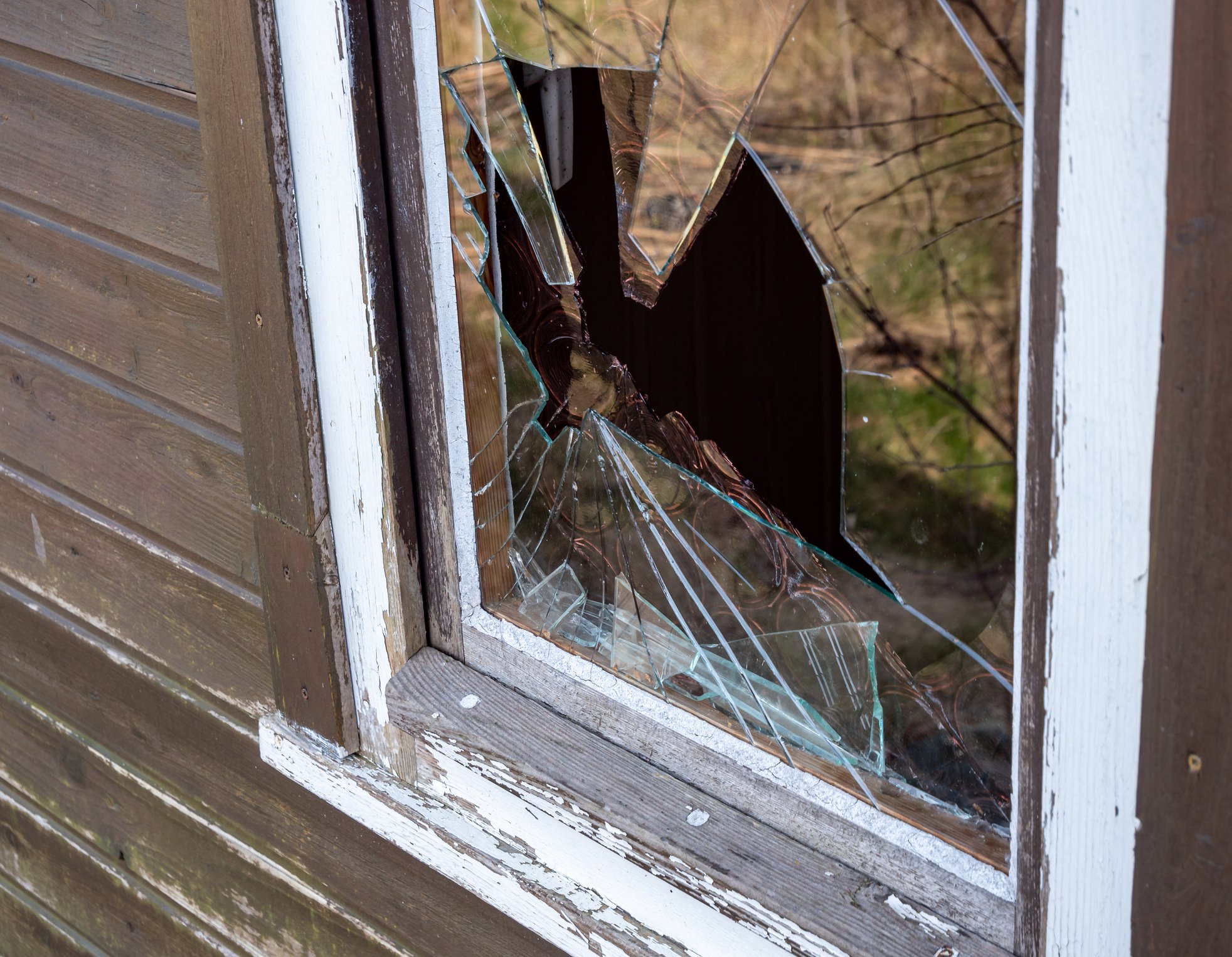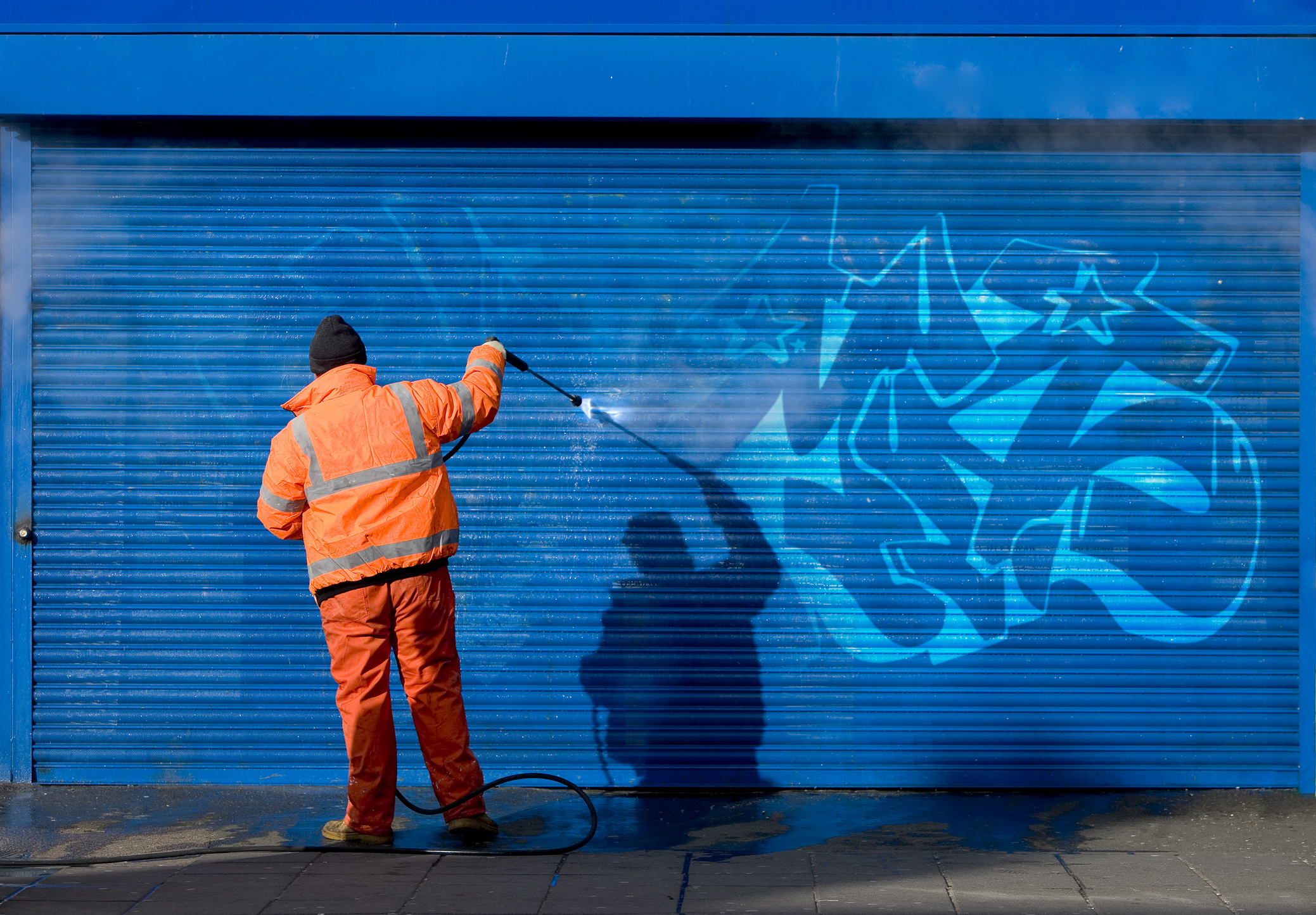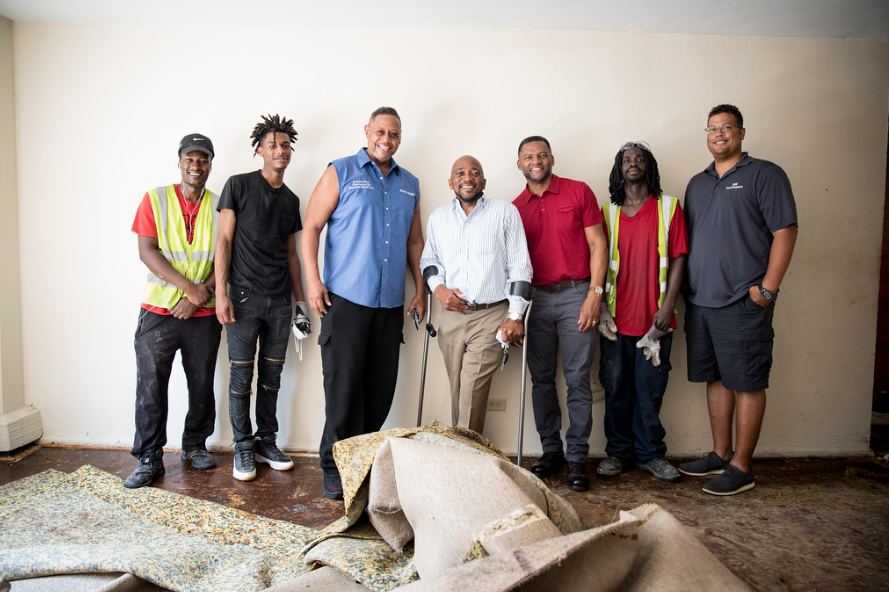While vandalism incidents may seem trivial compared to violent crime, they still come at a potentially high cost to affordable housing organizations. Repeated vandalism incidents can harm an organization’s reputation and could lead to more serious crimes.
Definitions of vandalism vary by jurisdiction, but according to the FBI, vandalism is “to willfully or maliciously destroy, injure, disfigure, or deface a public or private property, real or personal, without the consent of the owner or person having custody or control by cutting, tearing, breaking, marking, painting, drawing, covering with filth, or any other such means as may be specified by local law.”
To help prevent vandalism, housing organizations should first seek to understand property crime trends in the community.
Are there vandalism patterns in your community?

As with most property crimes, vandalism tends to spike in summer. According to The Urban Institute, a non-profit research organization, vandalism incidents often occur late in the evening. Housing properties open to public view or that seem less guarded are frequent targets. The Urban Institute notes that any property vandalized before will likely be vandalized again.
Vandalism may be present across the community, not just at your properties. If vandalism is a community-wide problem, it requires a community-wide response. In such instances, The Urban Institute recommends a response incorporating area businesses, agencies, and public services to address any underlying community problems related to vandalism.
The Urban Institute recommends considering these questions before creating a plan to prevent vandalism:
- How many incidents of vandalism or graffiti have occurred on your property in the past quarter?
- What type of vandalism is most common?
- Are vandals targeting specific types of property?
- Do you know anything about the individuals doing the vandalizing?
- What times of day and days of the week does vandalism occur?
- Are other area businesses, schools, or residences experiencing vandalism or graffiti?
- Do you have anything in common with the entities being targeted?
- Are the acts of vandalism the same for other area businesses, schools, or residences?
Steps to improve security and prevent vandalism
Network with residents
In its security planning guide, the U.S. Department of Housing and Urban Development (HUD) emphasizes the critical role residents play in controlling vandalism and other crimes.
“No security problem can succeed without the support and cooperation of at least a large majority of residents themselves,” the guide states. “Their role begins with individual responsibilities for their own self-protection and, of course, for observance of the law and other community standards.”
If residents are apathetic about security, “the very foundation of a residential security program is imperiled,” HUD notes in its guide.
Shannon Bryson, a public safety consultant with security firm Critical Intervention Services, said it’s important for housing managers to build social capital with residents by hosting community events. During such events, residents can communicate with each other and management, creating a social network that’s “very important for the makeup of the community,” Bryson noted.
“Folks that know and care about each other are less likely to allow people or property they care about to be victimized or vandalized,” he said. “Not everyone has to be best friends, but they can point out things that don’t look right. That happens when we get out and talk to each other.”
Conduct an environmental security assessment

Bryson also recommends housing organizations partner with an outside security professional to conduct an environmental security assessment.
“This assessment takes everything about your property into account, such as fencing and lighting, and also takes a look at the environment immediately surrounding your property,” he said.
An environmental assessment can help housing organizations understand trends, such as increased loitering and non-residents spending more time on your property. An assessment is also recommended after a major incident of vandalism or crime.
“The assessment helps determine the draw, what’s bringing people in,” Bryson said. “It creates foreseeability.”
An assessment should identify areas conducive to natural surveillance “where there are eyes on areas with activity,” he said, such as windows that face parking lots and playgrounds. It should uncover any property access control concerns, such as fencing or bushes around the property with gaps that create walkways.
Lastly, the assessment should focus on whether the property has a true perimeter. Vandals often target properties they feel no one cares about, Bryson said.
“It’s important to maintain your property, as it clearly defines where your property lines are,” he said. “This shows the criminal element that you know and care about your property, and someone is doing something about it on a daily basis.”
Invest in target-hardening security measures

Once your organization conducts an environmental assessment, it can prioritize where to invest in heightened security.
Hiring a third-party security firm is an option if your organization has the financial resources. Prospective firms should be brought to your property to ensure they know and understand the type of environment they may be working in, Bryson said.
Bryson said that one strategy that doesn’t cost any extra money is to train maintenance staff to spot and report anything out of the ordinary.
“All it requires is a little bit of training and showing staff what signs to look for,” he said. “As maintenance staff moves about the property, they might see a breach in a fence or a rock that’s propping a gate open. Instead of walking by, they’re trained to move the rock, notify management, and add fixing the fence to the property’s scheduled maintenance list.”
Property lighting and security cameras are also effective deterrents, especially in shared recreational spaces with posted hours.
“Criminals don’t want to be seen, and most criminal activity is at night,” Bryson said.
Cameras are effective in common areas with posted hours, such as basketball courts and playgrounds. Those responsible for monitoring activity can easily identify someone trespassing in real time based on the hours of operation.
“Cameras are great for after-the-fact evidence, but it’s very difficult for someone to monitor any more than four cameras at once,” Bryson said. “It’s going to be very tough for someone to accurately identify an issue before it happens. But if you have areas that are closed, and cameras are on it, that’s easy.”
Bryson also suggested posting “No Trespassing” signs around the property’s perimeter and next to common areas.
“Don’t exceed 500 feet between signs,” he said.
He recommends listing the actual criminal statute on the sign so people understand what they would be charged with.
Bottom Line: Tips to proactively prevent vandalism

- Secure windows, basement entries, external stairways, and storage sheds.
- Install security fencing around your property.
- Use unbreakable security glass to deter vandals from breaking out windows and doors.
- Ensure your security cameras function if your housing authority is equipped with them.
- Ask local police to patrol your property as often as possible during the night hours.
- Trim any overgrown landscaping near windows and doors to minimize hiding spots. Also, use landscape designs (such as prickly shrubs or closely planted hedges) to deter access to buildings.
- Maintain adequate exterior lighting near doors, in parking lots, and behind buildings. Replace any burned-out bulbs. Keep interior lights on at night, especially in common areas. Use a timer or light-sensitive switch to create the illusion that the building is occupied. Consider installing motion-sensitive lights.
- Clean up vandalism and remove or repair any damaged items as soon as possible. Replace signs, repair playground equipment, and paint over graffiti.
- Support community programs that give young people something to do.
- Have a community meeting on vandalism to discuss its victims, costs, and solutions.
Contact our Risk Control and Consulting team for more resources and answers to your housing organization’s risk-related questions.
Interested in Working With HAI Group? Our Account Services team is ready to assist you.
This article is for general information only. HAI Group® makes no representation or warranty about the accuracy or applicability of this information for any particular use or circumstance. Your use of this information is at your own discretion and risk. HAI Group® and any author or contributor identified herein assume no responsibility for your use of this information. You should consult with your attorney or subject matter advisor before adopting any risk management strategy or policy.
HAI Group® is a marketing name used to refer to insurers, a producer, and related service providers affiliated through a common mission, management, and governance. Property-casualty insurance and related services are written or provided by Housing Authority Property Insurance, A Mutual Company; Housing Enterprise Insurance Company, Inc.; Housing Specialty Insurance Company, Inc.; Housing Investment Group, Inc.; and Housing Insurance Services (DBA Housing Insurance Agency Services in NY and MI).







